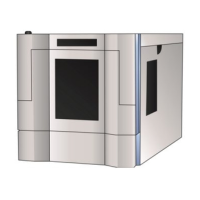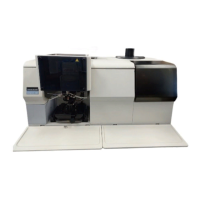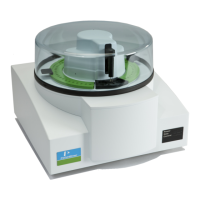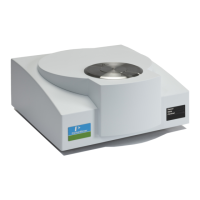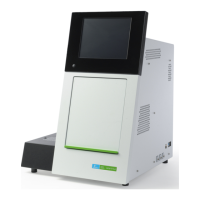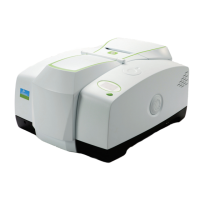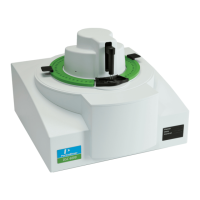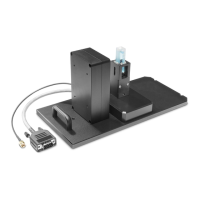THEORY
PerkinElmer Life and Analytical Sciences 197
Chapter 12
Theory
This chapter contains supplementary information regarding the theory of the Low
Level Counting mode and the Alpha Beta Counting mode.
Low Level Counting Theory
In liquid scintillation counting, the limit of detectability is a function of detection
efficiency and background noise. By increasing the efficiency of detection,
reducing the background, or both, the sensitivity is enhanced. This enhanced
sensitivity yields lower limits of detection. In practical terms, this means accurate
measurements are achieved in less time with much smaller samples. This is
particularly important in measuring environmental samples for radioactive
contamination from nuclear power plants, dump sites and naturally occurring
radiation. In radiocarbon age dating, to determine the age of archaeological
artifacts, only the smallest sample may be spared for measurement without
sacrificing the specimen. In medicine and biomedical research, improved
sensitivity facilitates the use of less test substance to determine metabolic
pathways.
Most approaches to background reduction employ massive amounts of heavy lead
shielding, expensive secondary detection circuits, or both. Such systems are very
expensive and, because of their design, have very limited utility beyond low level
counting. In 1985, however, Packard Instrument Company developed the first
electronic burst counting circuitry to be used in a commercial liquid scintillation
counting system. This patented development is the basis of TR-LSC (Time
Resolved Liquid Scintillation Counting) in PerkinElmer TriCarb liquid scintillation
analyzers. In the TriCarb Model 3170 TR/SL analyzer, the burst counting circuitry
is further enhanced through the use of a slow scintillating, Bismuth-Germanium
Oxide (BGO) detector guard, thereby yielding even higher sensitivity.

